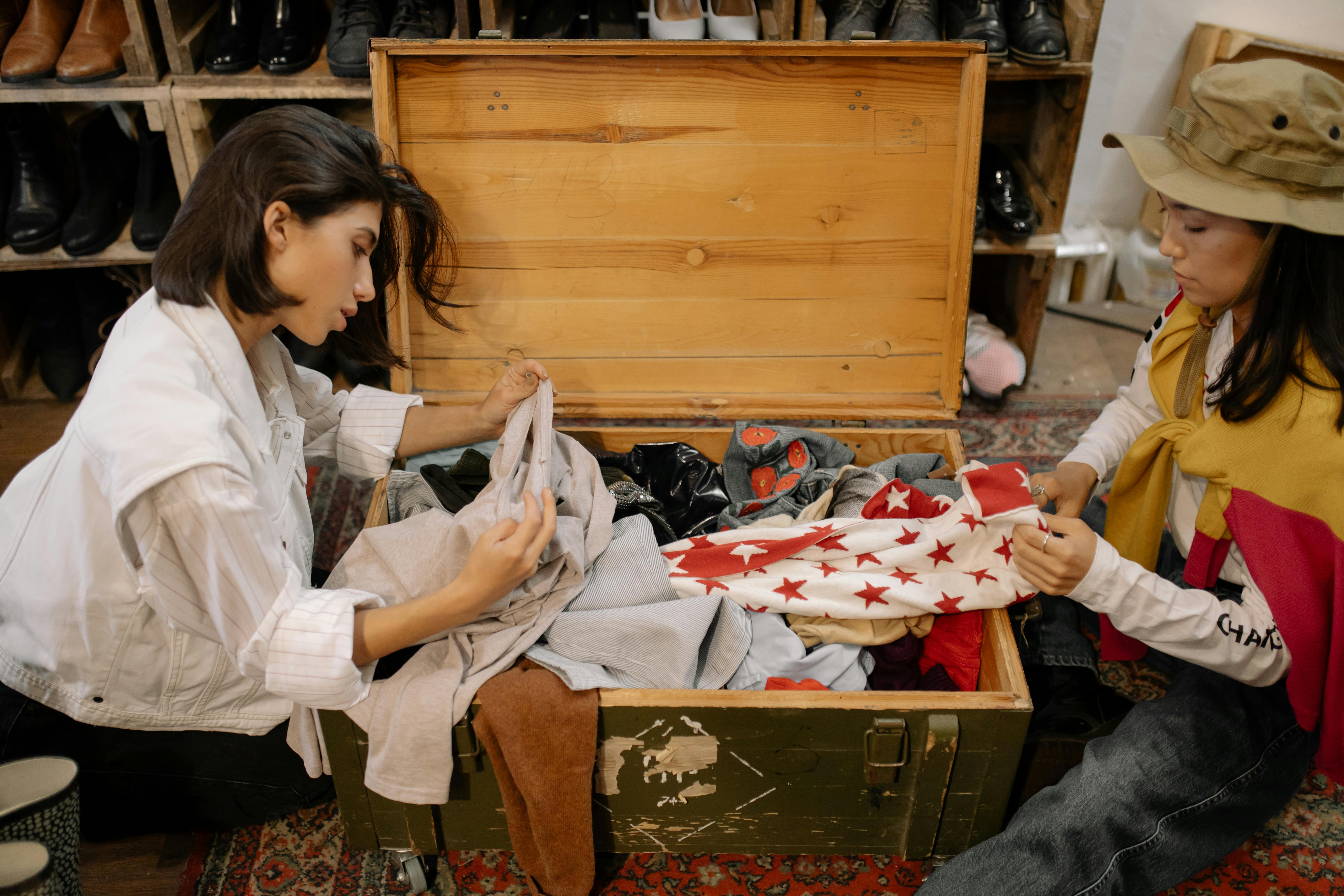Smart Shopping at Thrift Stores: Tips, Value, and Impact
Thrift stores offer a smart alternative to mainstream retail: curated, affordable, and often surprising finds that suit many budgets and tastes. Whether you’re searching for clothing, furniture, or household items, thrift shopping blends treasure hunting with practical shopping. This article explains what to expect, how to spot quality, donating best practices, and why thrift stores matter for communities and the environment.

What to expect in thrift stores
Thrift stores vary widely by size, focus, and inventory turnover. Some specialize in clothing and accessories, others stock furniture, books, or household goods. Expect eclectic assortments: seasonal items, one-of-a-kind pieces, and occasional brand-name goods alongside everyday essentials. Inventory changes frequently, so repeat visits increase the chance of finding high-value items. Staff and volunteers often sort donations by quality and category, and many stores mark unique or higher-quality pieces with tags or separate racks to help shoppers quickly identify standout finds.
How to find quality items
Finding well-made items in thrift stores is a skill. Examine fabric and seams on clothing for wear, pilling, and repairs; check zippers, buttons, and linings. For furniture, test drawers, joints, and stability; look for solid wood construction and avoid severe water damage or pests. Inspect electronics and small appliances for visible cords, clear labels, and model numbers; many thrift stores will note if an item has been tested. Bring a small toolkit or measuring tape for precise checks, and learn common designer marks if you’re looking for branded pieces.
Pricing and value strategies
Thrift prices are generally lower than retail, but value varies. Many stores use tiered pricing (e.g., color-tag sales), volume discounts, or seasonal markdowns. Learn typical price ranges for the categories you buy—basic clothing, books, and standard household items often cost a few dollars, while vintage or designer items command higher prices. Consider the condition, potential repair or cleaning costs, and resale value if you plan to flip items. Comparing similarly sized local services—like consignment shops and charity stores—helps you judge whether a listed price reflects true value.
Donating: tips for consigning and drop-offs
Donating thoughtfully keeps thrift shelves attractive and usable. Clean and repair items when possible, remove personal items from furniture and pockets from clothing, and bundle small items to make sorting easier for staff. Check each store’s donation guidelines online or call ahead; many accept seasonal clothing, working electronics, and household goods, but some decline mattresses or heavily damaged items. If you prefer to sell through consignment, research local consignment shops for commission rates and item acceptance policies to find the best match for higher-value pieces.
Thrift stores and sustainability
Thrift stores contribute to waste reduction by extending the life of goods, diverting items from landfills, and lowering the demand for newly manufactured products. Reusing textiles, furniture, and electronics reduces resource extraction and energy use associated with producing new items. Many thrift organizations also partner with local recycling programs for items they cannot resell. Supporting thrift stores—either by shopping or donating—can be a small but meaningful way to reduce personal environmental impact and promote circular-economy behaviors in your area.
Using thrift stores for local services and community
Beyond retail, many thrift stores support local services: job training, volunteer opportunities, and community programs. Nonprofit-run thrift shops often channel proceeds into housing assistance, education, or health services. Shopping locally strengthens community ties and keeps resources circulating in your area rather than being absorbed by national chains. Look for stores that publish impact reports or mission statements to understand how revenue supports local initiatives, and consider volunteering if you want a closer connection to the store’s social benefits.
Thrift stores combine practicality with possibility: everyday savings, unique finds, and community impact. With simple inspection habits, awareness of pricing patterns, and respectful donation practices, shoppers and donors can both enjoy and sustain the vibrant ecosystem thrift stores offer.






